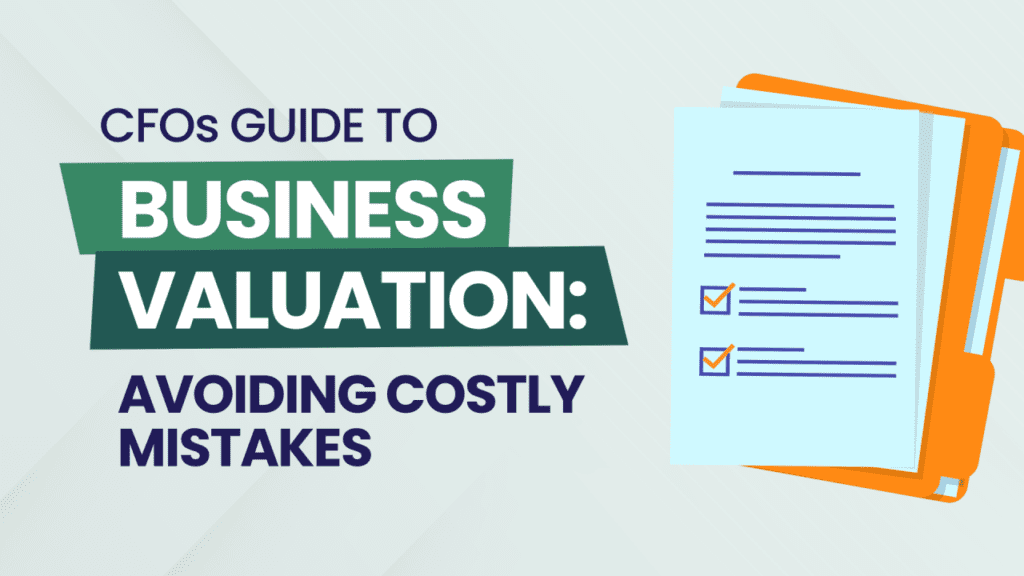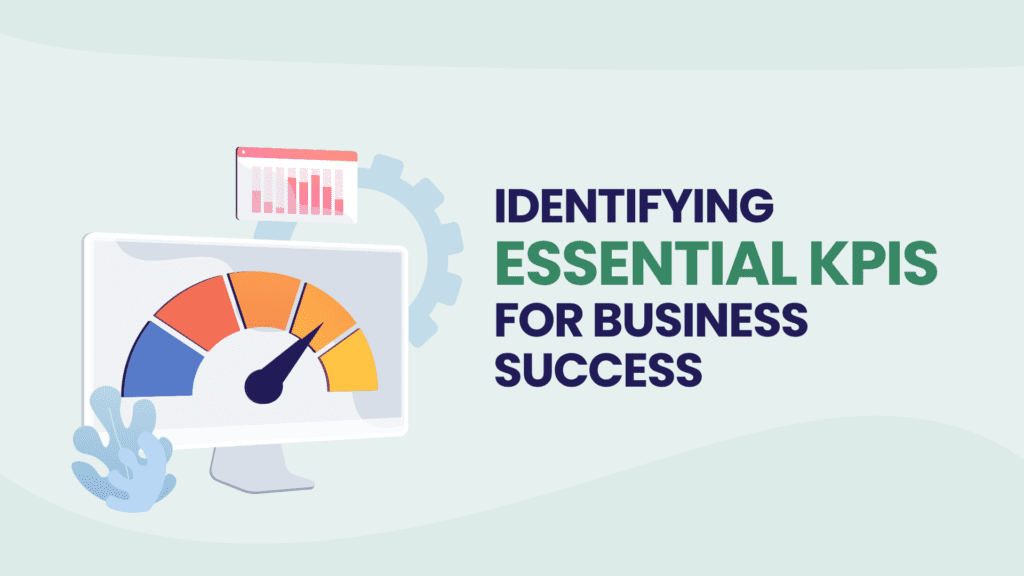The finance team’s role in optimizing processes

A key responsibility of the finance function is to develop an efficient and effective operation of financial systems and business processes. The goal of process optimisation is to improve performance by streamlining tasks, removing redundancies and automating where possible.
Automation of finance processes can lead to increased efficiency, accuracy and compliance, while outsourcing certain activities can free up internal resources to focus on more strategic initiatives.
Modern-day finance functions should constantly be seeking ways to optimise business processes to support the wider business and improve overall performance. Here are some examples of how to approach this:
Process optimisation
Process optimization is the act of improving a process so that it uses fewer resources, completes more quickly, or produces desired results more consistently. The goal of process optimization is to make processes as efficient and effective as possible.
There are many ways to optimize a process. One common method is to study the current process and identify areas where improvements can be made. Another way to optimize a process is to use technology to automate part or all of it. This can help to reduce errors, speed up completion time, and improve consistency.
The goal of process optimization is to make processes as efficient and effective as possible. A few examples of this within finance functions are automating monthly reports, simplifying data flows and integrating systems. These help to improve the flow of information and data within the finance department which leads to more accurate reporting, decision-making and forecasting.
Process mapping
Process mapping is the creation of a visual representation of a process. This can be done using a flowchart or swimlane diagram. Process maps show the steps in a process, who is responsible for each step, and what inputs and outputs are required at each stage.
Process mapping is a valuable tool for understanding and improving processes. It can help to identify bottlenecks, errors, and inefficiencies. It can also be used to communicate process changes to all stakeholders.
Examples of financial processes that may benefit from process mapping include accounts receivable, accounts payable, and payroll. These processes are essential to the functioning of a business but can be complex and time-consuming. By mapping out the steps involved, it is easier to see where improvements can be made.
Standardization
Standardization is the act of creating a set of rules or guidelines that must be followed. This can include things like creating standard operating procedures, setting up quality control standards, or developing best practices.
Implementing standardization is important in any business, but it is especially vital in finance. This is because financial transactions and reporting must meet strict legal and regulatory requirements. By standardizing processes, businesses can ensure that they are compliant with all applicable laws and regulations.
Standardization can also help to improve efficiency and consistency. When everyone is following the same set of rules, it is easier to get things done and avoid mistakes. Some examples of standardization within finance functions include the consistent use of the same accounting software across the business, the adoption of international financial reporting standards, and the implementation of internal controls.
Lean Six Sigma
Lean Six Sigma is a methodology that combines the best aspects of lean manufacturing and Six Sigma. It is designed to help businesses improve their processes by eliminating waste and reducing variation.
Research shows that Lean Six Sigma has expanded well beyond the manufacturing sector and can now be used to improve most processes. It can be useful in finance given that finance functions are often complex and have many steps.
Lean Six Sigma is a valuable tool that can help to identify waste, streamline processes and improve accuracy. Lean Six Sigma techniques can be used in a wide range of financial processes, such as reducing time and effort in closing the books, assisting the creation of reporting dashboards, and improving the overall efficiency of financial operations.
Automating processes
Automation is the use of technology to complete a task without human intervention. This can be done using software, robots, or other forms of technology. Automating processes is a great way to improve efficiency and consistency. It can also help to reduce errors and speed up completion time.
One way to streamline finance processes is to automate them where possible. This can involve setting up data flows so that information is automatically transferred between systems, or implementing and integrating new systems.
There are many financial processes that can be automated, such as accounts receivable, accounts payable, and payroll. Automating these processes can help to improve accuracy and efficiency. It can also reduce the amount of time that employees need to spend on tasks that can be easily completed by a machine.
Data flows
Data flows are the movement of data from one place to another. This can include things like importing data into accounting software, exporting reports to stakeholders, or sending invoices to customers.
Data flows are an important part of finance functions. This is because data must be accurate and up-to-date to make sound financial decisions. By streamlining data flows, businesses can ensure that the right information is always available when it is needed.
There are many examples of data flows between a finance function and the wider business, including customer data, supplier data, and financial reports.
Implement and integrate systems
Implementing systems can help businesses to automate processes and improve efficiency. This can involve installing software, configuring settings, or testing to ensure that everything is working properly. By implementing systems, businesses can ensure that finance has the information it needs to make sound decisions.
Once a system is up and running, it must be integrated into the business. This means making sure that all relevant departments are using the system and that data flows are smooth. Integrating systems can provide businesses with a single view of their data and make it easier to share information between different departments.
Finance functions need to be able to implement and integrate systems quickly and efficiently. This is because new technologies are constantly being developed and businesses need to be able to take advantage of them to stay competitive. By streamlining the implementation and integration process, businesses can ensure that they are always using the best possible technology.
Digital transformation
Digital transformation is the process of using digital technologies to create new or improved business processes. This can include things like automating manual processes, developing new customer-facing applications, or creating new data-driven insights.
Finance functions can obtain significant benefits from digital transformation because it can help businesses to become more efficient and agile. It can also help to improve decision making by providing access to real-time data.
Digital transformation can be a powerful tool for companies that want to stay competitive in today’s economy. By understanding the different types of digital transformations and the benefits and risks associated with each, companies can make informed decisions about which digital transformations can help achieve their goals and drive long-term growth.
Optical Character Recognition
Optical Character Recognition, or OCR, is the process of converting scanned images of text into editable, digital text. This can be useful for everything from digitizing old paper documents to getting text from an image captured by a smartphone. In finance, it is often used to automate the processing of invoices and for speeding up expense reporting.
There are different types of OCR software available, each with its own strengths and weaknesses. For example, if you take a picture of a document with your smartphone, you can use OCR to extract the text from the image and save it as a digital document.
It can save a lot of time compared to manually typing out documents, it is more accurate than manual data entry and it can help you get text from images that would be otherwise difficult or impossible to convert. However, it is not always 100% accurate and it may struggle with complex documents.
Robotic Process Automation
Robotic Process Automation (RPA) is the use of software bots to automate repetitive rules-based digital tasks. This can be useful in finance for things like generating reports, sending invoices, or processing payments. RPA can help to improve efficiency by reducing the need for human intervention. It can also help to improve accuracy and speed up completion time.
Virtual Assistants are more sophisticated RPAs that use artificial intelligence and natural language processing to carry out complex tasks such as customer service or data analysis. They typically use artificial intelligence and natural language processing for a variety of tasks including customer service, data entry and even complex activities like claims processing or financial data analysis.
Software bots are already built into many of the existing technology applications used by finance departments. Software bots and Virtual Assistants may be hosted on a third-party platform which needs to be plugged into your existing systems. Chatbots are computer programs that can mimic human conversation, for example to help customers check account balances or make payments.
Artificial Intelligence
Artificial Intelligence is a way for computers to be able to think and learn like humans. There are different types of Artificial Intelligence which include but are not limited to: rule-based systems, decision trees, genetic algorithms, artificial neural networks, and fuzzy logic systems. It is used for many tasks such as data mining, modelling, behaviour analysis, process control and optimization.
There are many benefits to using Artificial Intelligence which include but are not limited to: increased efficiency, improved accuracy, and the ability to process large amounts of data quickly. Additionally, Artificial Intelligence can help finance teams by automating tasks such as expense report processing, invoicing, and fraud detection.
Artificial Intelligence can also be used to streamline finance processes. AI can be used to automatically generate reports or carry out complex financial analysis. Machine Learning (ML) is a type of AI that can be used to automatically improve processes over time. ML can be used to identify patterns and trends in data, which can lead to more efficient processes.
Outsourcing activities
Outsourcing is the process of hiring a third-party company or individual to complete a task or project that would otherwise be performed by in-house staff. There are many benefits of outsourcing for businesses, including increased efficiency and cost savings. When done correctly, outsourcing can be a valuable tool for businesses of all sizes and plays a key part in the success of many companies.
Many modern-day finance functions outsource various activities to free up time and benefit from third-party expertise. Many finance teams outsource payroll processing to save on costs and increase efficiency. Another example is the outsourcing of accounts receivable or accounts payable processing, particularly in smaller companies, to improve cash flow and reduce finance staff costs.
Summary
Finance functions play a vital role in optimizing processes to ensure the efficient and effective operation of your business activities. By automating processes, outsourcing tasks and utilizing digital technologies, finance functions can improve performance and better support the wider business.
This is a vital role that the finance function plays in businesses and one that should not be underestimated. To remain competitive, businesses need to optimize their processes – and the finance function is uniquely placed to help.
Develop your Optimizing Processes skills

GrowCFO has worked with many senior members of the finance leader community to create our online course: Optimizing Processes. The course will guide you on how to successfully deliver each of your responsibilities within the above themes.
It has been designed to help everybody within a finance team, regardless of their individual role, given that all finance function team members should be challenging existing processes to determine beneficial ways to simplify, standardize and automate them.
As with all our team development courses, you will receive a course certificate upon completion for your CV and LinkedIn profile.
GrowCFO Team Plan and Premium members have immediate access to the course! Click here to get started.
Finance leaders who would like to provide your finance team with access to this course should visit GrowCFO for Finance Teams.







Responses